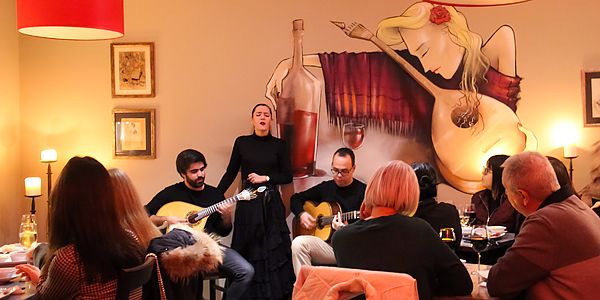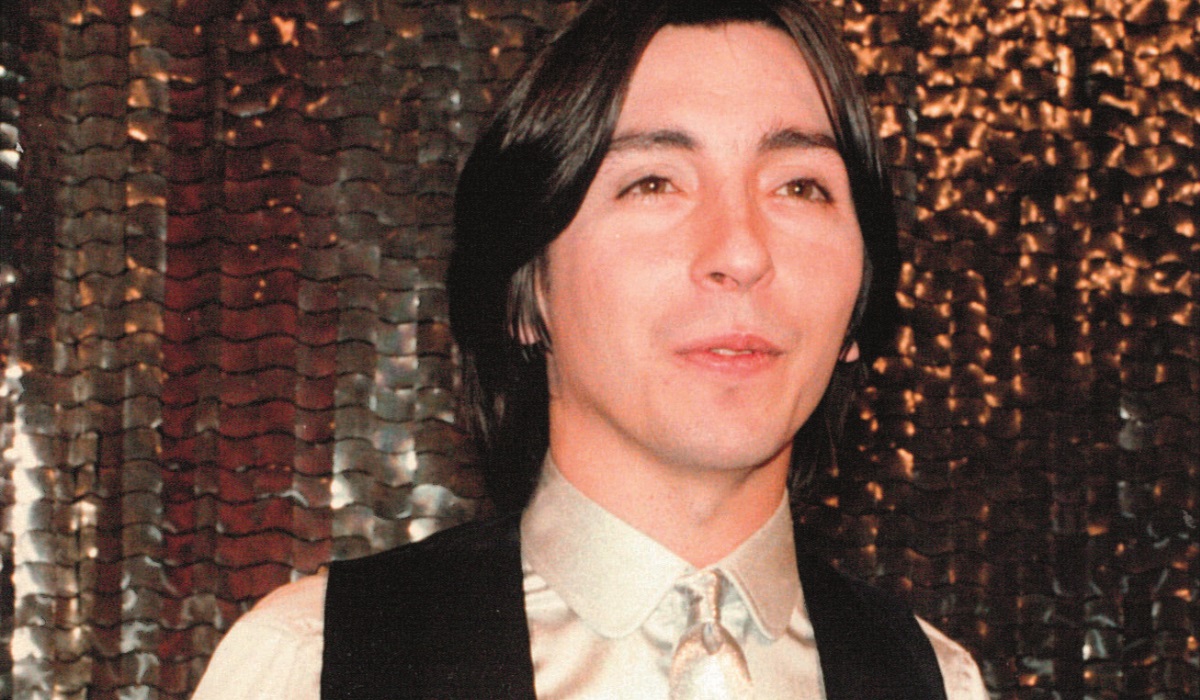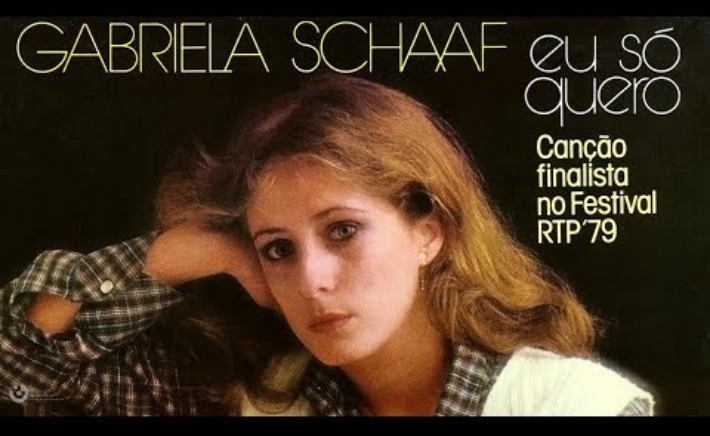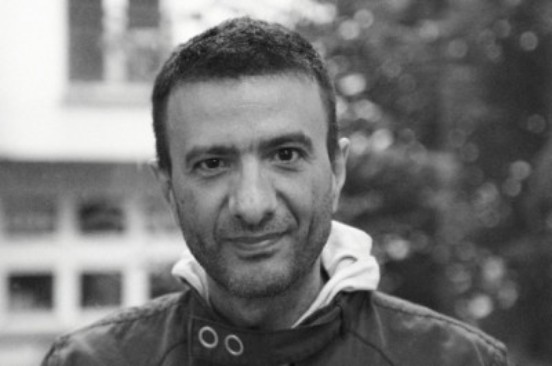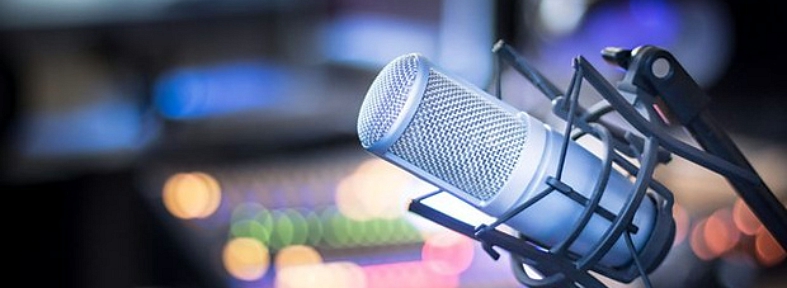Portuguese popular musical instruments are a generic category for any sound-producing device manufactured in Portugal (mainland and islands) within the lower classes, considered popular.
To understand the organology of popular production in Portugal, it is necessary to understand the geography of the country, continent and islands. Firstly the 1936 division of the continent into provinces. Secondly, the administrative organization into districts in 1959, which followed. Continental Portugal is joined by the autonomous regions of the Azores and Madeira, each with its own internal diversity. In addition to the geographical question, we must add the ethnographic one. Festivals, traditions, pilgrimages, crafts, gastronomy, ways of life, etc. From this approach, already carried out by researchers such as Ernesto Veiga de Oliveira, Fernando Lopes Graça and Michel Giacometti, one can understand much about Portuguese popular musical instruments.
Nevertheless, Portuguese popular musical instruments belong to the European organological tradition. For their description and cataloging, the Hornbostel-Sachs System is adopted; all musical instruments can be organized into four categories (later, five) according to the nature of the vibrating element, that is, the way in which sound is produced.
Idiophones
Idiophones are musical instruments whose sound is produced through the body of the musical instrument itself. They have different functions that, according to Ernesto Veiga de Oliveira, can be grouped into the following categories:
Setting the Rhythm
Instruments to mark the rhythm and accompany the dance:
Castanets, Ferrinhos (Triangle),
Jug with Fan,
Reque-reque
Festivities
Instruments of Holy Week, Carnival, “Serração da Velha”, etc.:
Rattles,
Zaclitracs
Membranophones
Membranophones are musical instruments that produce sound through a membrane placed under tension. Portuguese membranophones are varied but many are bimembranophones with a cylindrical resonance box, and skins tensioned by means of strings or screws supported by hoops that evenly stretch the two skins.
Adufe
Quadrangular shaped bimembranophone. The skins are sewn together and seeds, corn kernels or small husks are placed inside them to enrich the sound. It is particularly used in Beira Baixa.
Drums
Can be up to about 80 cm in diameter. They are played vertically, usually on just one of the skins with a mallet. They have no frets on the skins which gives them a deep sound and are played more in the Center!
Caixa and Tamboril
The Caixa is played with two drumsticks in a horizontal position and are best known in Beira Baixa. On the lower skin there is usually one or more bars, usually made of gut. The tamboril is characterized by its elongated cylindrical shaft and the existence of edges on both skins. It is played along with the flute and struck with a single drumstick.
Sarronca
It is a friction membranophone composed of a reservoir, usually a jug, which serves as a resonance box, whose mouth is covered with a stretched skin that vibrates when a small stick or cane attached by one of its ends is rubbed in its center. Widely used in Alentejo.
Chordophones
Chordophones are musical instruments whose sound is produced by one or more strings placed under tension. There are string instruments that can have a keyboard.
Braguinha
Is a type of cavaquinho from the island of Madeira. It is played loudly by dance groups that exist in some rural areas of the island. In the city of Funchal, he appeared integrated into tunas, strummed with a pick. This instrument was taken to Hawaii at the end of the last century by Madeiran emigrants, becoming a very popular instrument there under the name of Ukulele. While some say it originated from Braga (city), the author of Elucidário Madeirense claims that its name comes from the old costumes, called bragas, which were once worn by male peasants in the Madeira archipelago. Its bouncy and cheerful sound distinguishes it from other traditional/popular string instruments from Madeira and Porto Santo. A solo instrument (singing or plucked, as it is commonly called by our people), cheerful and graceful, it was, in other times, highly esteemed by Madeiran ladies and maidens.
Cavaquinho
From the viola family, but in a much smaller form that is found more in Minho. It has four orders of metal strings. It’s played torn. Small instrument common in Portugal.
Portuguese Guitar
The Portuguese guitar is an instrument of great importance in the traditional music of Portugal. With a pear-shaped body, it has six double orders, and is played with a special technique in which the player uses false nails to be able to get a better sound from the instrument.
Rabeca Chuleira
A type of violin, but with a very short neck and a very high scale, tuning seven octaves above the violin.
Viola Amarantina
It is very similar to the viola braguesa, but has a soundhole in the shape of two hearts.
Viola de Arame
They are similar to the viola braguesa, but with a round soundhole in Madeira, and in the Azores with two distinct shapes (Viola da Terra). The one from São Miguel with a mouth in the shape of two hearts, and the one from Terceira with a round mouth.
Viola Beiroa
It is a very ornate instrument. In addition to the five orders of strings, it has two higher-pitched strings attached to an additional pegboard next to the box, which were always played without being stepped on.
Viola Braguesa
With 5 orders of double metal strings. It has a central opening in the shape of a stingray’s mouth. It is played in a rasped manner, that is, playing all the strings at the same time, sometimes with five fingers all together, or just with the thumb and index finger. But good players, while playing in a rasping tone, emphasize the singing line on the first, higher strings. This guitar is most commonly seen in Minho, and its name comes from the city of Braga.
Viola Campaniça
It is the largest of the Portuguese violas from Baixo Alentejo. With a very pronounced framing, it also has five orders of strings. The first three doubles and the last two triples. It is played with the finger only with the thumb.
Viola Toeira
Also known as the viola de Coimbra, a region where it has long been used to liven up festivals and pilgrimages, the viola toeira is one of the 6 traditional Portuguese guitars. It is now a completely extinct species, similar to the viola braguesa in dimensions. It has a central opening always in a lying oval shape. It has twelve strings, also organized into five orders, the first three being doubles and the last two being triples. The Toeira guitar is a wire guitar.
Guitar
With six courses of simple strings, it accompanies the Portuguese guitar or the viola in the Minho rusgas and chulas groups.
Aerophones
Aerophones are musical instruments whose sound is produced by a column of air set in vibration. Some of them may have a keyboard.
Concertina
It is a free-reed aerophone that is operated by means of a bellows that joins the two keyboards (one on the right side with 1, 2 or 3 rows and one on the left side, generally with 2 rows), which is found more in Ribatejo.
Flute
There are three types of flutes: a) drummer’s flutes, which have a bevel, a cylindrical or slightly conical body and three holes. They are performed simultaneously with a drum, commonly known as a tamboril; b) the recorder, usually made of cane and elderberry. It is used in Minho and Douro. and Algarve) the transverse flute generally made of cane in the western part of the country in Minho, Estremadura and Algarve, and of elderberry in the interior, namely in Beira Baixa. It has six holes besides the inflator. In Entre-Douro-e-Minho, examples occasionally appear built in turned boxwood and can be dismantled into three pieces, similar to those of Galician construction.
Bagpipes
It is an aerophone composed of two tubes connected to a bag made of goat skin. One of the tubes is cylindrical and made up of three sections with a simple cane reed at the end, always producing the same note. It’s called a catchphrase or snort. The other smaller tube is of conical section with eight holes, double reed and plays the melody. The bellows, filled with air through another small tube equipped with a valve, is pressed by the player’s arm, forcing the air to come out, making the reeds vibrate. From the North of the country.
Reed
It is a double reed instrument, like an oboe. The melodic tube has five holes and ends in a bell shape.
Some of the aerophone musical instruments are also linked to lifestyles and hobbies.
Ways of life
Instruments specific to certain professions and ways of life, to warn, for example, of the beginning of certain tasks:
Hunting whistles
Conch shells
Trumpets
Horns
Grinder’s harmonica
As an individual pastime
Straw harmonicas
Mouth harmonica
Ocarina



